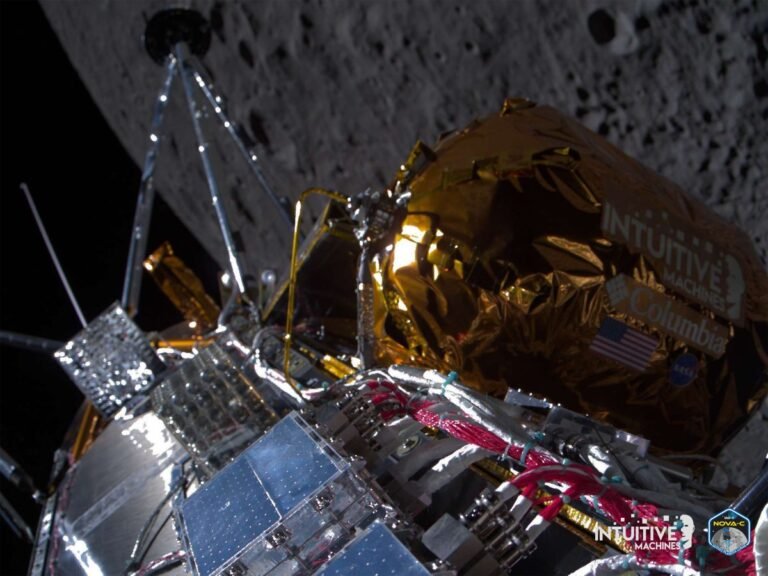
Using a small model of the lander, Altemus demonstrated how engineers believe the spacecraft, called Odysseus, made its descent given the most recent telemetry data.
“The vehicle is stable near or at our intended landing site,” Altemus said.
Part of the reason for that is because the onboard camera, an instrument called EagleCam, was powered down during landing.
The company originally thought Odysseus was actually upright, but Altemus said that was based on “stale” telemetry data.
Much of the mission’s success came down to very quick thinking by Intuitive Machines’ mission controllers — and just a stroke of very good luck.
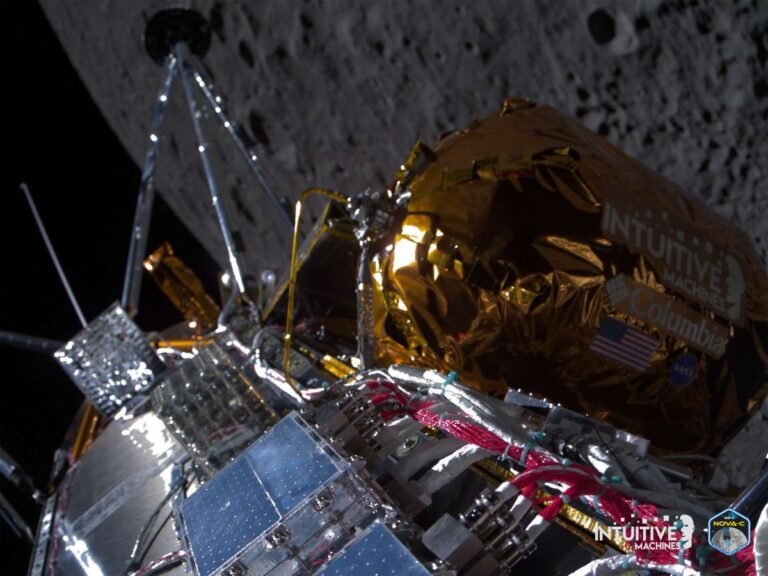
Intuitive Machines has landed a spacecraft on the lunar surface, in a historic first for a private company.
“What we can confirm without a doubt is that our equipment is on the surface of the moon and we are transmitting,” mission director and Intuitive Machines CTO Tim Crain said.
Instead, the lander leveraged one of the onboard payloads, NASA’s laser and doppler lidar sensors, to guide the spacecraft to the lunar surface.
All in all, Intuitive Machines’ contract is worth a little less than $118 million.
Intuitive Machines’ victory comes shortly after another CLPS awardee, Astrobotic, failed to put its lander on the moon.
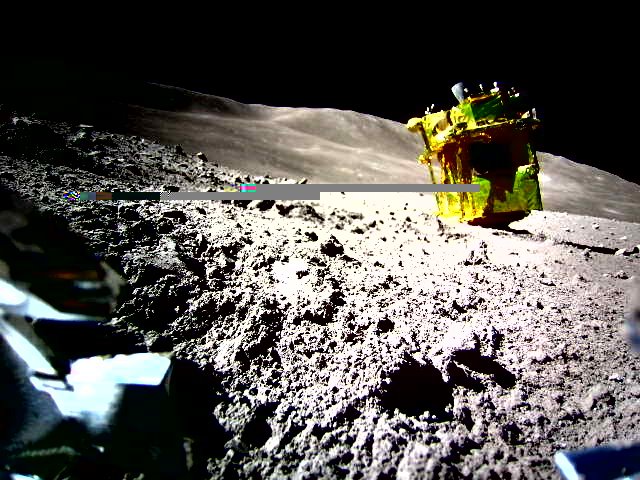
The Japan Aerospace Exploration Company shared the first image of its lander on the lunar surface, revealing that the spacecraft touched down on the moon upside-down.
It’s a remarkable recovery for the spacecraft, which experienced an “abnormality in the main engine” that affecting the landing orientation when it was just 50 meters above the lunar surface, JAXA said in an update Thursday.
Remarkably, the lander ended up just 55 meters east of the original target landing site.
The lander was carrying two rovers; one of the rovers, called Lunar Exploration Vehicle-2, or SORA-Q, is responsible for the photo.
The rovers were ejected from the spacecraft before landing.
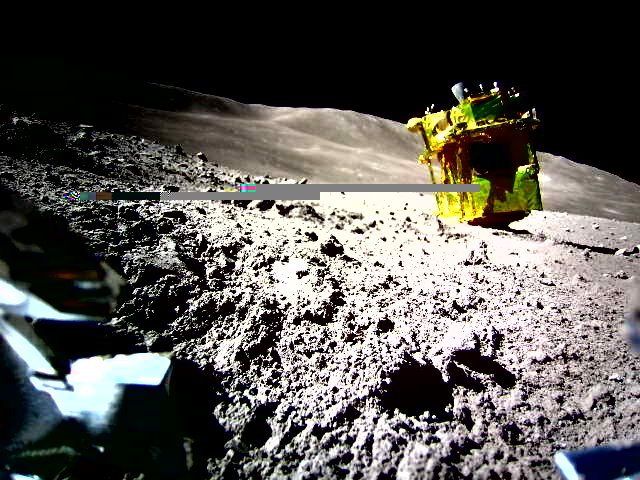
The Japan Aerospace Exploration Company shared the first image of its lander on the lunar surface, revealing that the spacecraft touched down on the moon upside-down.
It’s a remarkable recovery for the spacecraft, which experienced an “abnormality in the main engine” that affecting the landing orientation when it was just 50 meters above the lunar surface, JAXA said in an update Thursday.
Remarkably, the lander ended up just 55 meters east of the original target landing site.
The lander was carrying two rovers; one of the rovers, called Lunar Exploration Vehicle-2, or SORA-Q, is responsible for the photo.
The rovers were ejected from the spacecraft before landing.

For the second week in a row, we have lunar lander news to report on.
Story of the weekHow could the story of the week be anything other than SLIM (Smart Lander for Investigating Moon), the Japanese lunar lander that touched down on the moon on Friday?
But even with the issue, the mission achieved a huge portion of its goal, which was to demonstrate a soft lunar landing using optical navigation technology.
Launch highlightsWe saw our first crewed mission this year – but even more notably, it was a completely private mission (as in not a NASA astronaut mission).
Axiom Space launched its third mission with launch partner SpaceX on Thursday, with the crew successfully docking with the International Space Station at 5:42 AM EST on Saturday, January 20.
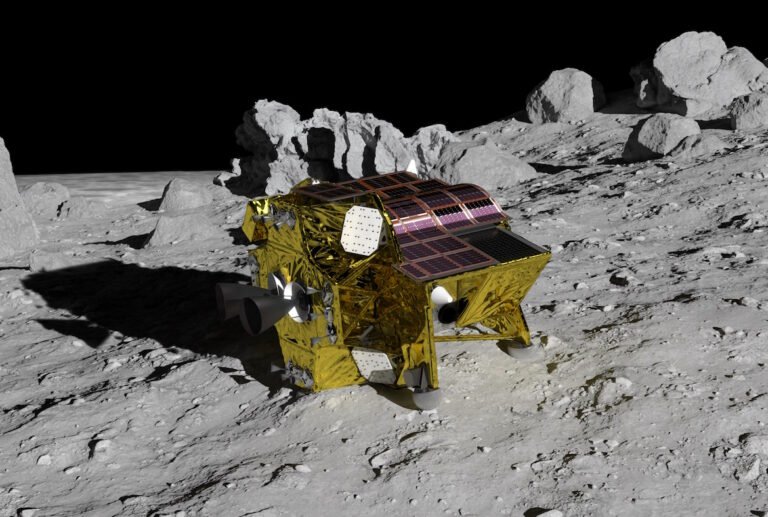
Japan’s first lunar lander has officially powered down on the moon after its solar cells were unable to generate electricity, though the nation’s space agency said there is a possibility of turning things around when the direction of the sun’s rays change.
Japan made history last week when its lander, called Smart Lander for Investigating Moon (SLIM), successfully touched down on the moon’s surface last week.
Shortly after landing, directors of the mission explained that while the soft landing was a minimal success, the spacecraft’s solar cells were not generating power.
“According to the telemetry data, SLIM’s solar cells are facing west,” the Japan Aerospace Exploration Agency (JAXA) said in the update.
Japan can count a handful of other major wins in the mission, even if the solar cells never manage to charge up sufficiently for a recovery operation.
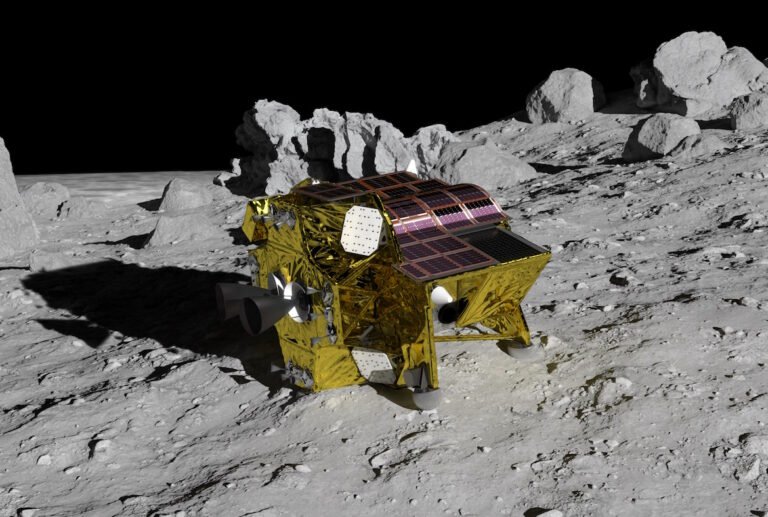
Japan’s long-planned Smart Lander for Investigating Moon has successfully touched down on the lunar surface, making the nation the fifth in history to do so.
But all is not well for SLIM, which may have a limited lease on life due to trouble with its solar cells.
In a press conference following the early-morning (local time) landing on the Moon, the directors of JAXA and the mission explained that “The soft landing was itself successful; SLIM has been communicating and it receiving commands.
However, as the other sensors are working correctly and showing healthy values, they feel confident it is limited to the solar cells themselves.
The initial press conference was primarily to announce the initial success of a soft landing and functioning lunar lander.
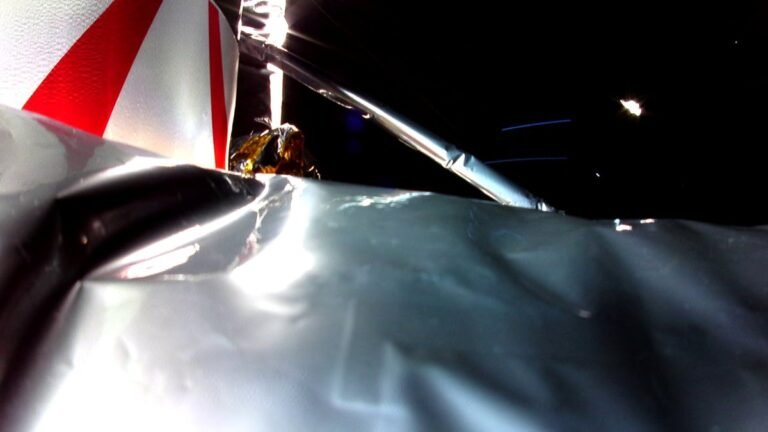
Astrobotic’s lunar lander will be reentering Earth’s atmosphere over a remote part of the South Pacific Ocean tomorrow afternoon, bringing to a close the failed moon landing mission.
Pittsburgh-based Astrobotic has been providing frequent updates on the Peregrine lunar lander since it launched on United Launch Alliance’s Vulcan Centaur on January 8.
The source of the anomaly was an ongoing propellant leak, which were preventing Peregrine from pointing its solar arrays at the sun.
But by the time it reenters the atmosphere tomorrow, Peregrine will have operated in space for over ten days.
Due to the propellant leak, Astrobotic said it had devised a two-step process to maneuver the spacecraft to the projected trajectory for reentry.
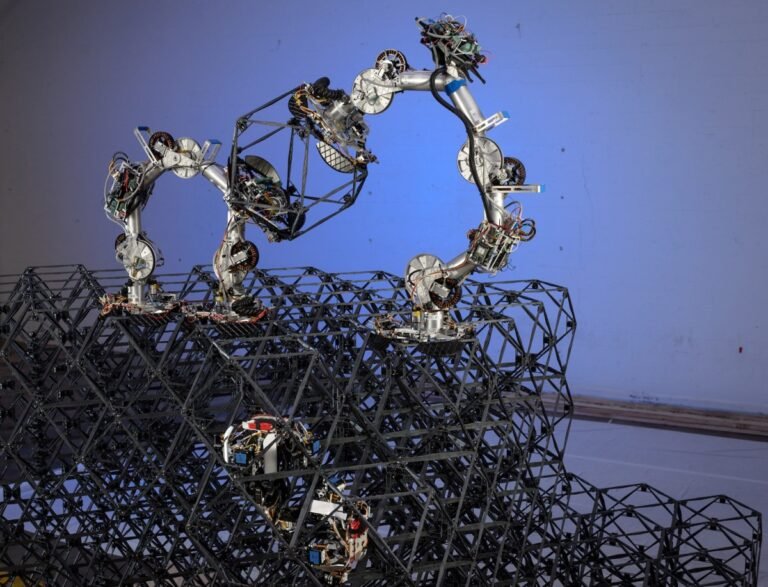
Fortunately, NASA (as as always) is thinking ahead, and has just shown off a self-assembling robotic structure that might just be a crucial part of moving off-planet.
“We think this type of construction technology can serve a lot of very general applications,” said lead author Christine Gregg.
“In the near term, the robust autonomy and lightweight structures of our approach strongly benefit applications in austere environments, like the lunar surface or space.
“For us, the structures and all of the robotic systems are resources that can be optimized over space and time.
Versions of the robot have already flown in space and done work in microgravity, so no worries on that score.

CES, Circle-ing back to IPOs and why we’re over the moon about OvermoonListen here or wherever you get your podcasts.
Hello, and welcome to Equity, a podcast about the business of startups, where we unpack the numbers and nuance behind the headlines.
This is our Friday show, our news roundtable, our gathering of the nerds!
Up top we have Alex Wilhelm and Mary Ann Azevedo digging through the key stories from the week.
Then, Kirsten Korosec and Haje Jan Kamps are aboard to bring us the latest from CES!













